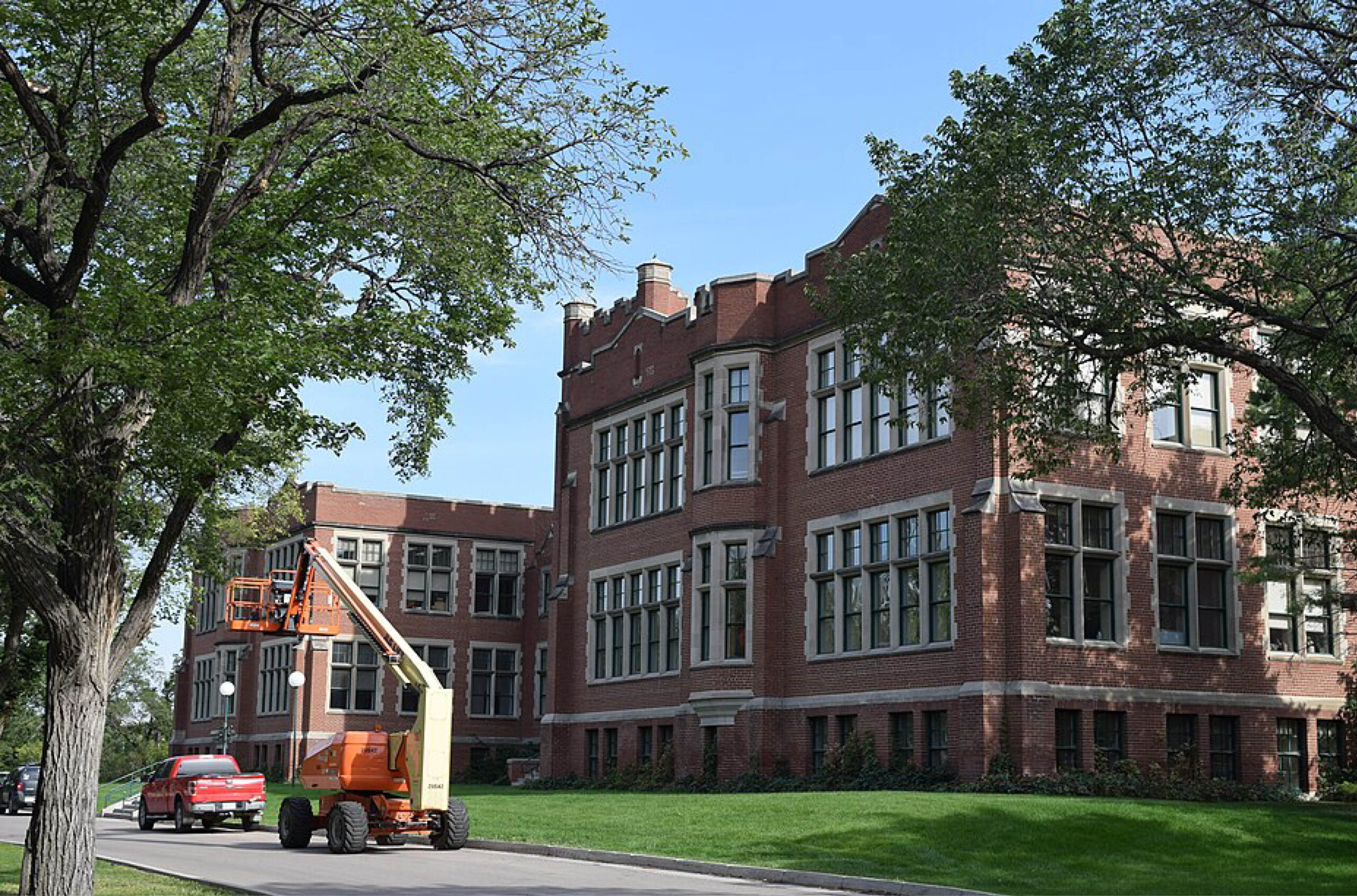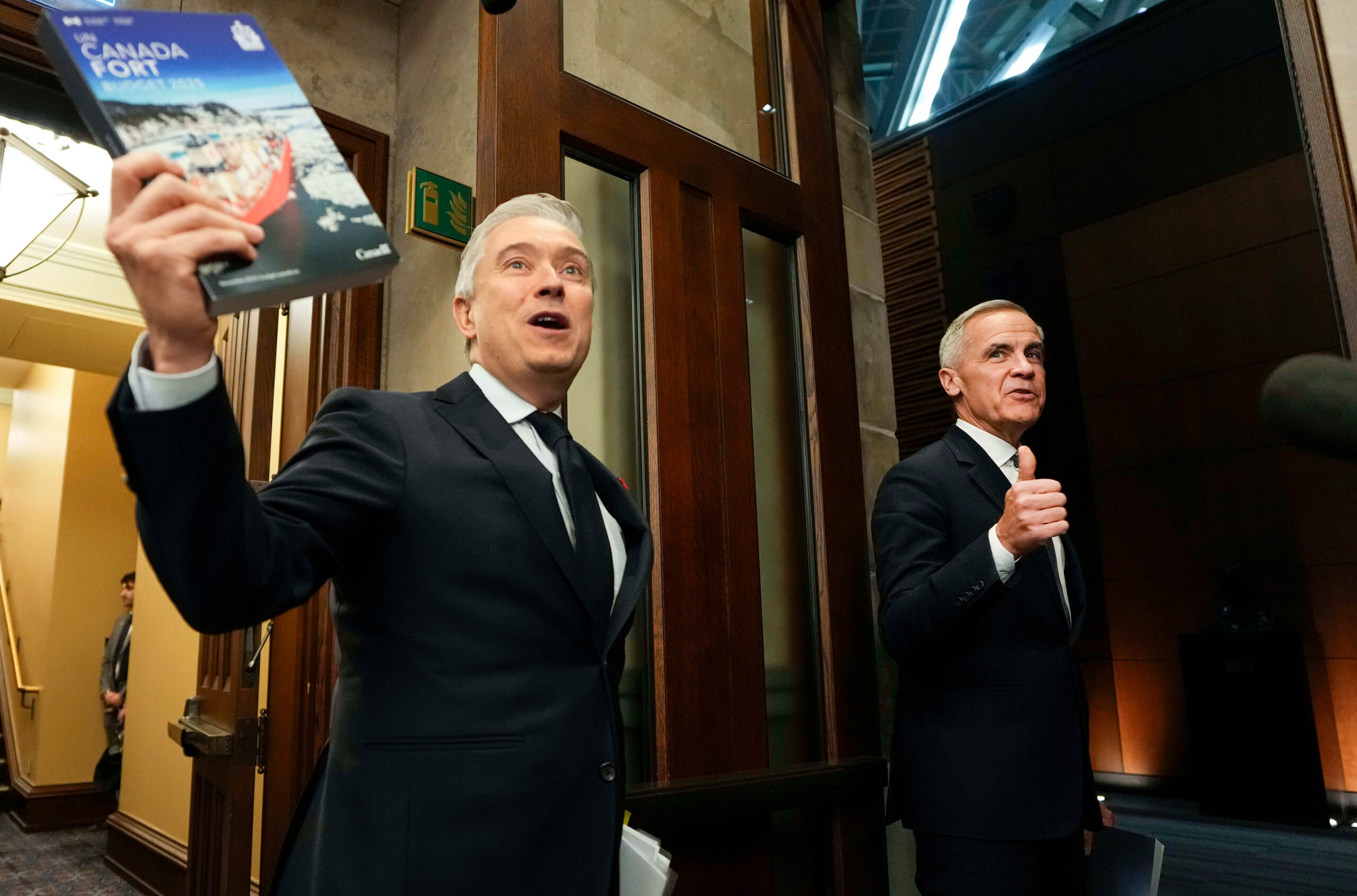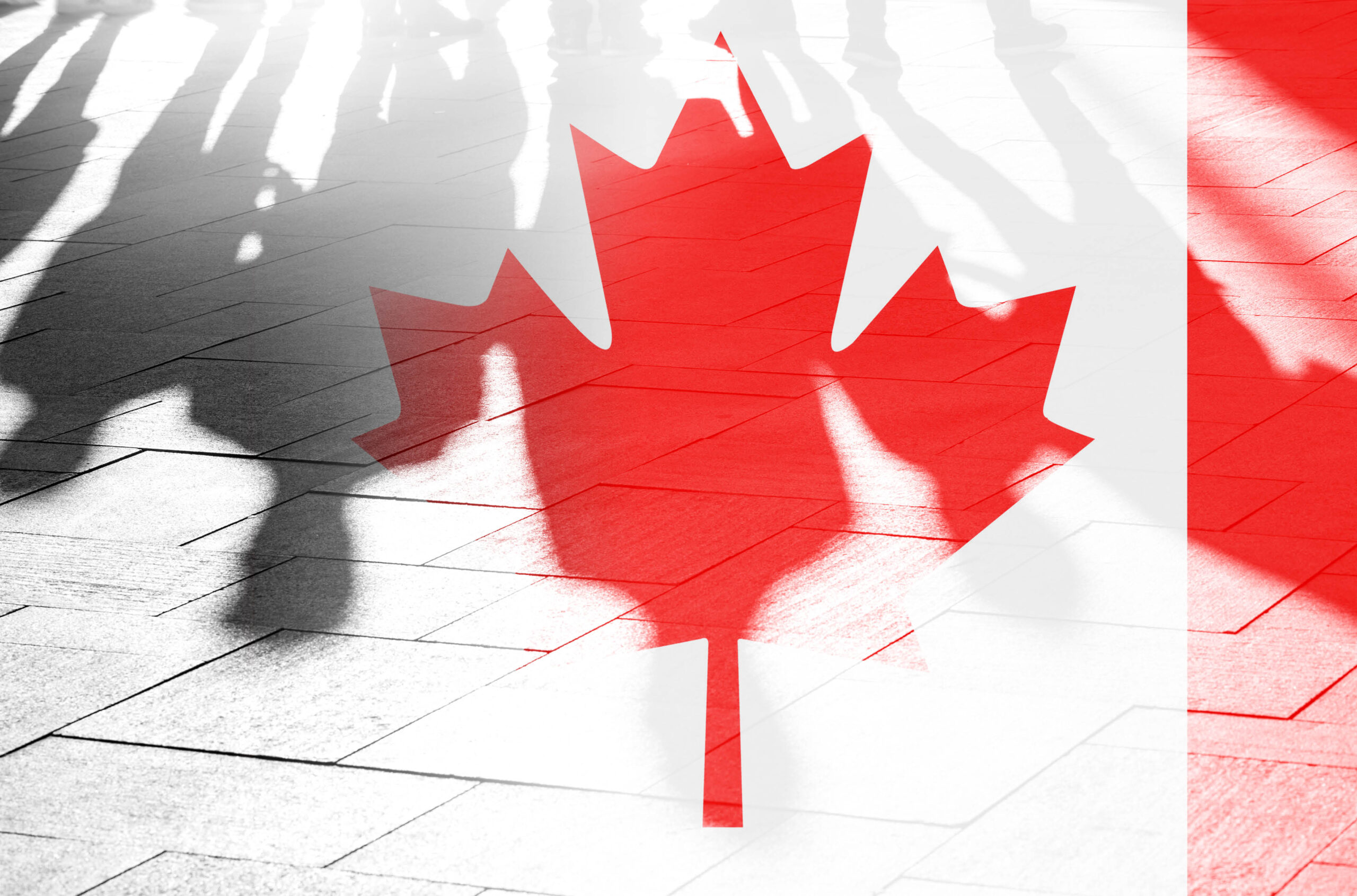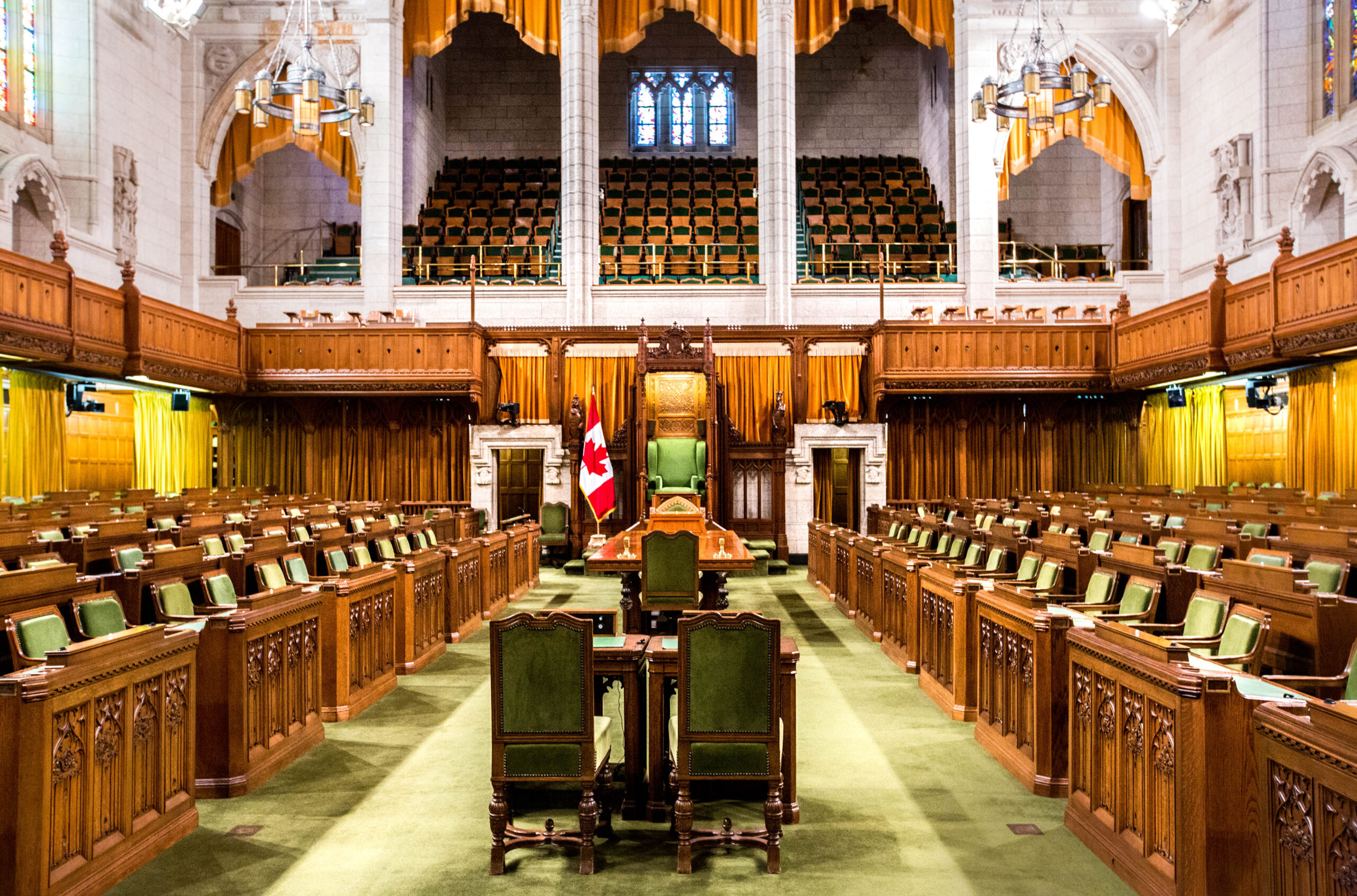University revenues up in 2023-24: StatCan
Newly released numbers predate the federal cap on international students

University revenues grew more than expenditures in the 2023-24 academic year, says a new report by Statistics Canada.
However, the study covered the period before tuition income sank in the wake of the international student study permit cap imposed by the federal government in January 2024.
“The latest university financial statistics from 2023-24 paint a picture of the calm before the storm,” says David Robinson, executive director of the Canadian Association of University Teachers.
Statistics Canada found that universities’ revenues increased by $3.5 billion to reach $52.4 billion in 2023-24. At the same time, expenditures increased at a slower rate — by $2.3 billion, totaling $48.7 billion. Universities depend on provincial funding and tuition fees for the majority of their revenue, the statistics show.
The StatCan report for 2023-24 found that, across the country, tuition revenue rose 3.6 per cent to $15.8 billion, the highest annual growth in four years. The report looked at the level of reliance on tuition revenue, both domestic and international, in each jurisdiction. Ontario schools were the most dependent on tuition income, with 40 per cent of their revenues coming from that source. This compares with a national average of 30 per cent.
“The numbers show that universities were relying more on tuition revenues, and less on public operating grants,” Mr. Robinson told University Affairs. “The loss in international student tuition revenues that we’ve seen over the last year has exposed this long-standing problem – inadequate public funding.”
When inflation is taken into account, total provincial and federal government funding for the year 2023-24 is only slightly more than it was in 2016-2017, even though the Canadian population increased from 35.9 million to 41.5 million in that timespan.
As well, an analysis by Universities Canada, which publishes University Affairs, notes that approximately 38 per cent of university revenues are earmarked for specific purposes, such as endowments to particular programs or government support for individual research projects. This leaves less than two-thirds of revenues to pay for salaries and general operational costs.
“Universities are being asked to do more with less,” said Gabriel Miller, president and CEO of Universities Canada. “We’ve seen a pattern of decline in government funding over the last 20 years. Universities are increasingly stretched thin due to rising costs, inflation and the international student cap. While universities are taking steps to reduce deficits, ongoing underfunding is making it harder to deliver the programs and research that power Canada’s economy and prepare the workforce we urgently need. Universities are training the talent Canada needs and driving breakthroughs in AI, defence, critical minerals and health care. Investing in universities is investing in Canada’s future.”
Loss of international tuition revenue poses danger for years ahead
With provincial government support for post-secondary education flatlining and, in some cases, declining over the past decade, colleges and universities counted on international student tuition to fill the gap. However, the federal government capped the number of study permits at 485,000 in 2024. This was further reduced by 10 per cent to 437,000 in 2025. The move threw post-secondary institutions into turmoil as they tried to make up for the loss of international tuition revenue by cutting expenses and slashing jobs.
Council of Ontario Universities spokesperson Dayana Fraser declined to comment on the StatCan report, but the organization has recently called for more funding for post-secondary institutions.
Following the release of the Ontario budget in May, COU president Steve Orsini stated: “Severe financial challenges for universities put our students, businesses and economy at risk.”
Ontario has had a domestic tuition freeze since 2019, adding to the financial difficulties institutions face. This action, combined with “a dramatic federal cut to international students, has led to more than $550 million in spending cuts over the last few years,” Mr. Orsini said.
Mr. Orsini told the Canadian Press in January that Ontario universities are expecting a combined loss of $330 million this fiscal year and $600 million in the upcoming fiscal year due to the decline in international students. In Quebec, the Bureau de coopération interuniversitaire (BCI) estimates a $200 million loss in revenue among Quebec’s universities
Provincial funding uneven across the country
According to the StatCan report, although provincial funding increased, the amounts were uneven across the country. Universities in British Columbia reported a jump of 12.5 per cent, the largest in Canada. Post-secondary institutions in Nova Scotia saw provincial funding drop by 20 per cent.
The StatCan report found that Newfoundland and Labrador experienced the largest growth in tuition revenue at 14 per cent. Saskatchewan saw a 12 per cent hike.
The increase in Canada’s easternmost province follows the end of a tuition freeze that had been in place since 1999. Memorial University decided to raise tuition after the provincial government announced that it was phasing out funding to support the freeze.
Memorial more than doubled tuition fees for incoming domestic students in 2022, raising them from $255 per course to $600. In addition, tuition is being increased for all domestic and international students by four per cent per year through 2026.
“Changes to Memorial’s tuition structure is not a decision that was made lightly,” then president Vianne Timmons said in 2021. “This is as big a challenge as the university has ever faced.”
The Canadian Federation of Students is “vehemently opposed” to the tuition increases, says Nicholas Keough, chair of the provincial arm in Newfoundland and Labrador.
“Students have felt a significant burden from these hikes,” Mr. Keough told University Affairs. “We have seen on-campus food bank closures and an over 20 per cent drop in first-year undergraduate enrolment in the years immediately following the hikes.”
To help students cope with higher tuition, the province is providing more loans and grants. “These enhancements to the provincial student aid program will ensure that more students can access student aid and that more funding is available for these students,” says Education and Early Childhood Development Minister Bernard Davis.
Investment income benefits some more than others
In the StatCan report, there was one particularly bright spot: Universities had total investment income of $4.2 billion in 2023-24. This was almost double the previous year.
However, the report warned: “Investment income is not a guaranteed income source and is influenced by economic conditions, which can result in higher interest income in some years as compared with others.”
Individual schools face different financial situations depending on the size of their endowment funds. The University of Toronto has $3.6 billion in investments, while neighboring York University holds just $608 million.
“I think the variation among universities in investment income is an important factor which makes this aggregated report by Statistics Canada quite misleading,” says Ellie Perkins, president of the York University Faculty Association.
“York’s $1.3 billion deferred maintenance burden on campuses largely built in the 1970s means that some of the buildings will soon be write-offs, more expensive to fix than to replace,” Dr. Perkins says. “Without a large endowment or government attention to this, York has not kept up with maintenance and has instead chosen new initiatives.”
Spending continues to rise
Across Canada, Statistics Canada reported that spending by universities continued to rise. It was up five per cent to $48.7 billion in 2023-24. This was a huge jump compared to the average annual growth of just 0.1 per cent in the previous five years.
Some of the key increases in expenditures compared to the previous year were in travel (up 21 per cent) and externally contracted services (plus 13 per cent). The cost of professional fees were 10 per cent higher.
Salaries and benefits, the primary expenses of universities, accounted for 60 per cent of total expenditures. They jumped by five per cent in 2023-24.
“The increase in salaries was mainly attributable to a renewal of collective agreements and retroactive payments, which factored in the higher inflation rate since the pandemic, resulting in increased compensation,” StatCan said in a press release.
Featured Jobs
- Business - Assistant Professor (Digital Technology)Queen's University
- Law - Assistant or Associate Professor (International Economic Law)Queen's University
- Biochemistry, Microbiology and Bioinformatics - Faculty Position (Microbial Systems Biology, Omics Data Analysis)Université Laval
- Director and Stauffer-Dunning Chair, School of Policy Studies - Associate or Full ProfessorQueen's University
- Architecture - Assistant Professor (environmental humanities and design)McGill University











Post a comment
University Affairs moderates all comments according to the following guidelines. If approved, comments generally appear within one business day. We may republish particularly insightful remarks in our print edition or elsewhere.